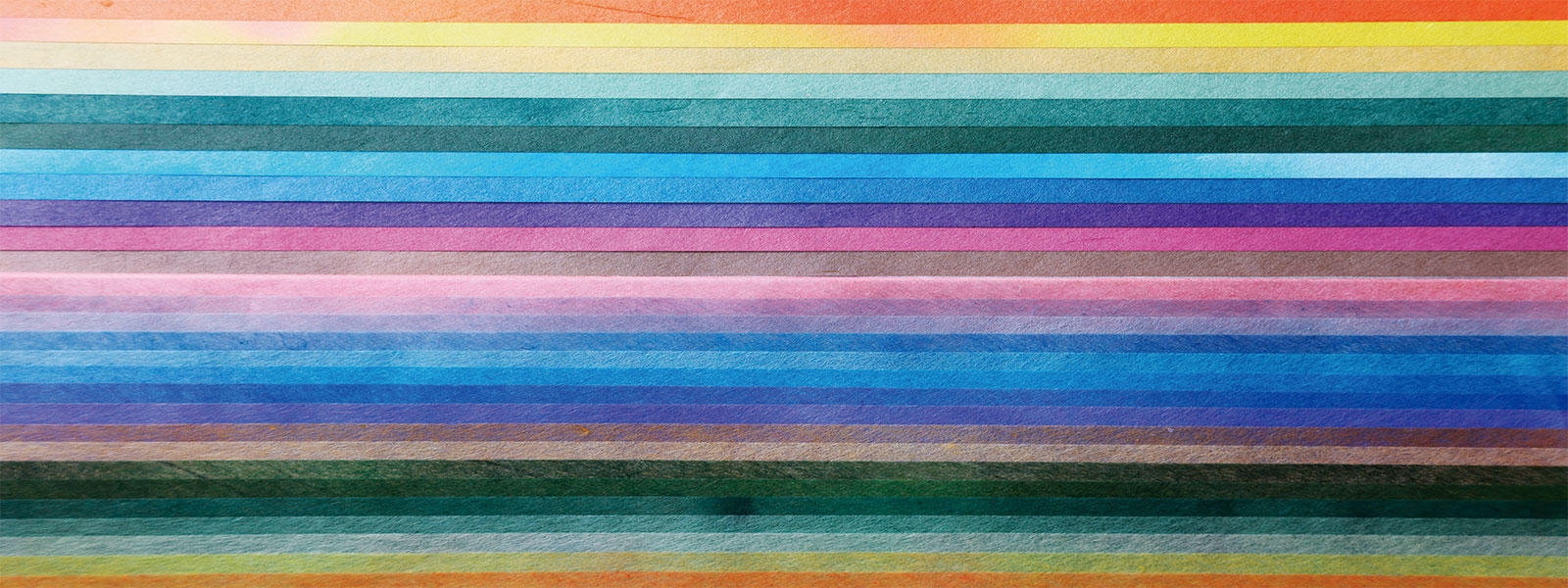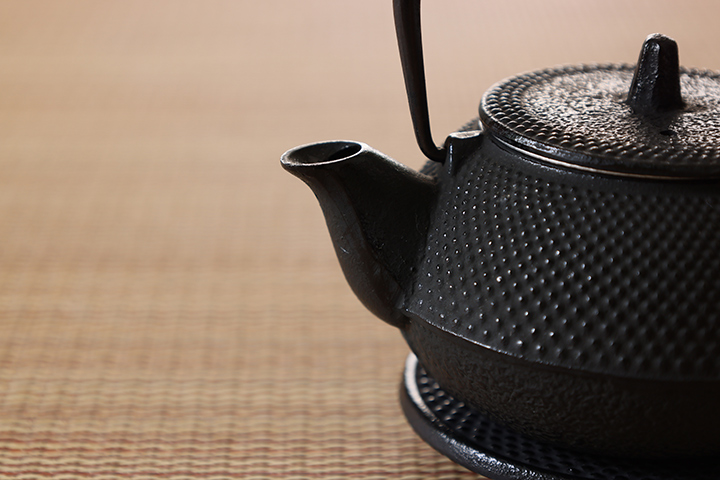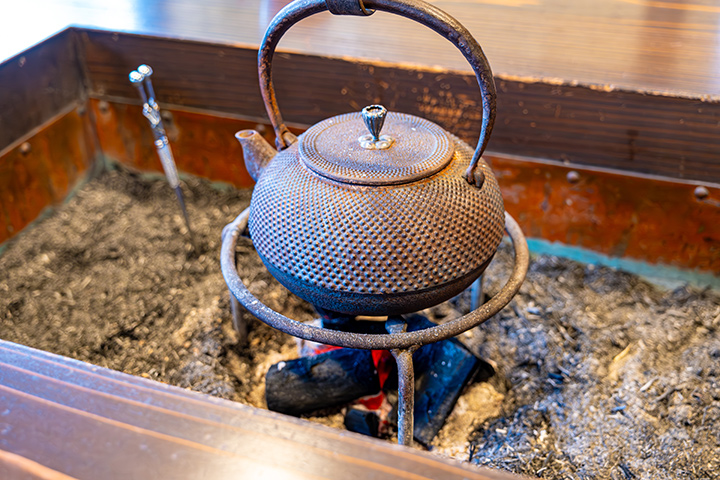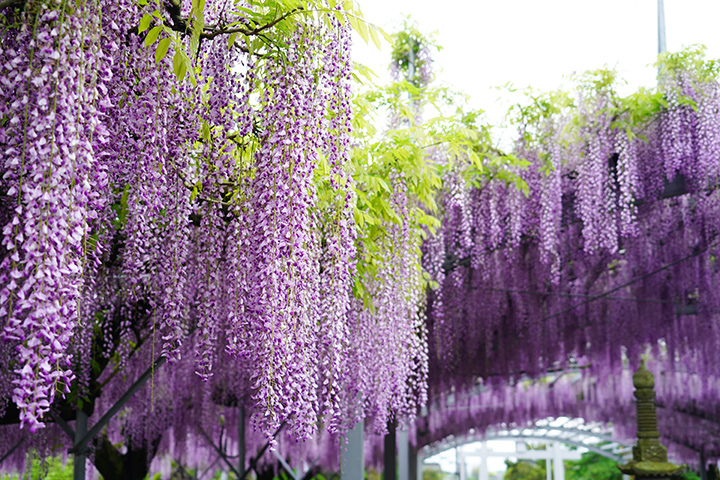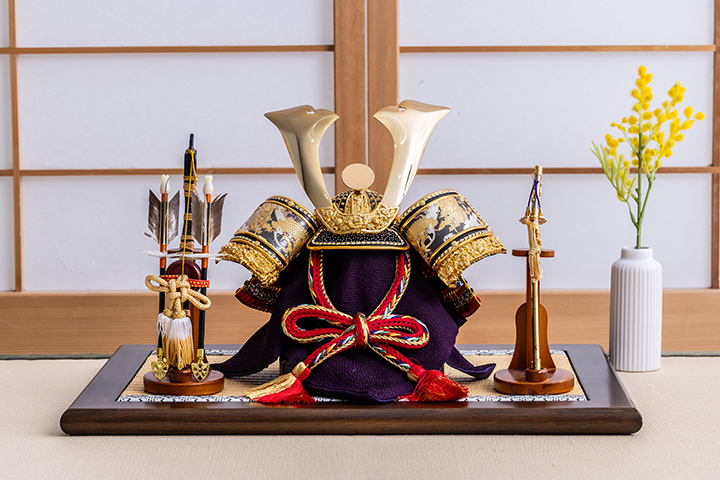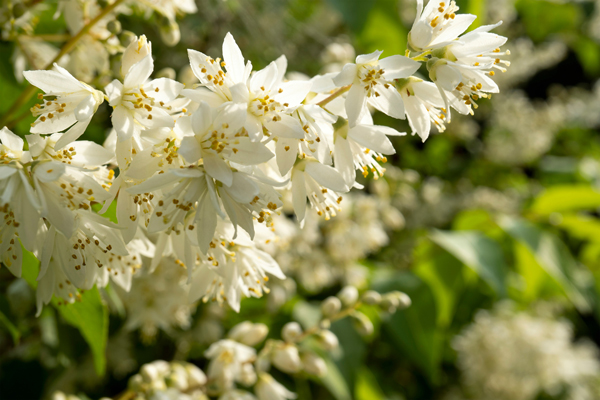Japan has a unique set of colors passed down through generations, known as “Traditional Colors.” These colors are inspired by Japan’s rich natural landscapes and the changing hues of the sky and mountains with the seasons. There are over 1,100 different shades.
Just within the “red” category, there are many variations, such as “Haitang Red” and “Momiji Red” derived from plants; “Toki Pink” from common animals; “Gosho Dye” and “Tang Red” from traditional dyes; and “Rose Red,” which was introduced from the West. The colors are vibrant and diverse.
This article will introduce how the Japanese incorporate these traditional colors into their daily lives and some of the common traditional colors.
Colors Used to Identify Ranks— “Twelve Level Cap and Rank System”
In 603 AD, Prince Shōtoku established a system to distinguish the ranks and statuses of court officials—known as the “Twelve Level Cap and Rank System.” This system awarded ranks based on individual ability rather than heredity. The ranks were distinguished by the colors of the caps, allowing members of the court visiting envoys, or commoners to immediately identify an official’s rank based on the color of their cap.
The “Twelve Level Cap and Rank System” was divided into twelve levels: Greater Virtue, Lesser Virtue, Greater Benevolence, Lesser Benevolence, Greater Politeness, Lesser Politeness, Greater Trust, Lesser Trust, Greater Justice, Lesser Justice, Greater Intelligence, and Lesser Intelligence. The colors corresponding to Virtue, Benevolence, Politeness, Trust, Justice, and Intelligence were purple, blue, red, yellow, white, and black, respectively. Each color had varying shades, with darker shades indicating higher ranks. Therefore, the highest rank, “Greater Virtue,” was represented by a deep purple cap.
Purple dye was extremely rare at the time, making “purple” the most esteemed color.
“Forbidden Colors,” “Absolutely Forbidden Colors,” and “Pardoned Colors”
From the Asuka period under Prince Shōtoku’s rule to the Heian period, dark colors that required a large amount of dye were called “Forbidden Colors,” and commoners were not allowed to wear clothing of these colors.
Conversely, colors that anyone could wear were called “Pardoned Colors” or “Permitted Colors.” “Pardoned Colors” were usually lighter, with the most well-known being the light pink “Ikkonzome” dyed with safflower.
Additionally, when discussing the Japanese and colors, the concept of “Absolutely Forbidden Colors” must be introduced. These are also part of traditional colors, such as “Kōrozen,” which only the Emperor could wear, or “Odan,” which was reserved for the Crown Prince.
.
“Kōrozen” is a reddish-brown color dyed from the bark of the yamazura tree (Toxicodendron sylvestre) and the heartwood of the sappanwood tree. It has been used since the era of Emperor Saga. Even with modern dyeing techniques, it is challenging for skilled artisans to reproduce this beautiful color.
“Odan” is a bright orange color created by using gardenia as a base and adding safflower. Prince Shōtoku described it as “the place where the sun rises,” symbolizing the color of the sun.
In important imperial ceremonies such as the “Sokui no Rei” (Enthronement Ceremony), garments featuring “Absolutely Forbidden Colors” are often seen.
Traditional Japanese Colors Seen in Everyday Life
Due to the vast variety of traditional colors, this article will highlight just a select few:
・Gunjō-iro (Ultramarine Blue)
Gunjō-iro is a purplish-blue color commonly found in art supplies. Initially, it was made from lapis lazuli, but due to the high production cost, it was later made from azurite.
・Kon-iro (Navy Blue)
Kon-iro is the deepest and darkest color in indigo dyeing, a deep blue with a hint of red. In ancient times, it was called “Fukaki Aiiro,” and it is mentioned in the Heian period legal code “Engishiki.” The Japanese have a great fondness for kon-iro; during the Edo period, dye shops were collectively known as “Konya.” There is also a traditional rakugo performance titled “Konya Takao.”
・Asagi-iro (Light Blue-Green)
Asagi-iro is a lighter shade than the color of green onions, hence its name, but it is actually made from indigo plants. The haori worn by the Shinsengumi, who were active during the late Edo period, were asagi-iro.
・Fuji-iro (Wisteria Purple)
Fuji-iro is a purplish color derived from wisteria flowers. It is dyed using a pigment extracted from the roots of the “Murasaki” plant. During the Heian period, wisteria flowers were highly favored by the nobility and are frequently mentioned in the “Manyoshu.” The elegant fuji-iro is also often used as a base color for kimonos.
Taiwan Original Yuzen 'Navy Blue' Business Card Holder
Taiwan Original Yuzen 'Vermilion' Business Card Holder
・Shuiro (Vermilion)
Shuiro is a bright red color with a yellowish tint, traceable back to the Jomon period. It is believed to have protective properties against misfortune, which is why this color is often used in palaces, shrines, and temples.
・Akane-iro (Madder Red)
Akane-iro is a red color with a blackish tint, dyed from the roots of the madder plant. In waka poetry, akane-iro is often used to depict the color of the sunset.
“Walking through the purple fields of Akane, the marked fields, the field guards do not see you waving your sleeves” (Princess Nukata’s poem)
・Sakura-iro (Cherry Blossom Pink)
Sakura-iro is named after the light pink color with a hint of red found in cherry blossoms. Additionally, there are other cherry blossom-related colors such as “Hai-zakura” (Gray Cherry) with a grayish tint and “Sakura-nezu” (Cherry Mouse) with a light ink tint. These colors reflect the deep affection the Japanese have had for cherry blossoms since ancient times.
・ Na-no-hana-iro (Rapeseed Flower Yellow)
Na-no-hana-iro refers to the bright yellow color of rapeseed flowers. Additionally, the color named after the oil extracted from rapeseed flowers, “Na-tane-abura-iro” (Rapeseed Oil Color), was said to be quite popular during the Edo period.
・Ginnezumi-iro (Silver Mouse Color)
From the mid-Edo period, the shogunate issued the “Sumptuary Laws,” which restricted the colors of clothing that commoners could wear. Under these restrictions, the people of Edo turned their attention to the previously considered dull colors of gray and brown. This led to the rise of colors like “Shijuhachicha Hyakunezumi” (Forty-eight Browns and One Hundred Grays), which became fashionable at the time. Among these, Ginnezumi-iro is a bright gray with a bluish tint and was said to be extremely popular. Additionally, there were colors like “Nibiiro” (Dull Color), “Namariiro” (Lead Color), “Rikyunezumi” (Rikyu Mouse), and “Umezumi” (Plum Mouse), which made subtle distinctions between shades of gray and brown.

Summary
The deeper one delves into traditional Japanese colors, the more one can appreciate the unique and rich emotions the Japanese have towards colors. Even as time has progressed into the modern era, these traditional colors continue to shine in areas such as clothing, nail polish, corporate branding, and industrial design. For those particularly interested in a specific color, exploring its name and origin may reveal fascinating and unexpected stories behind these colors.


